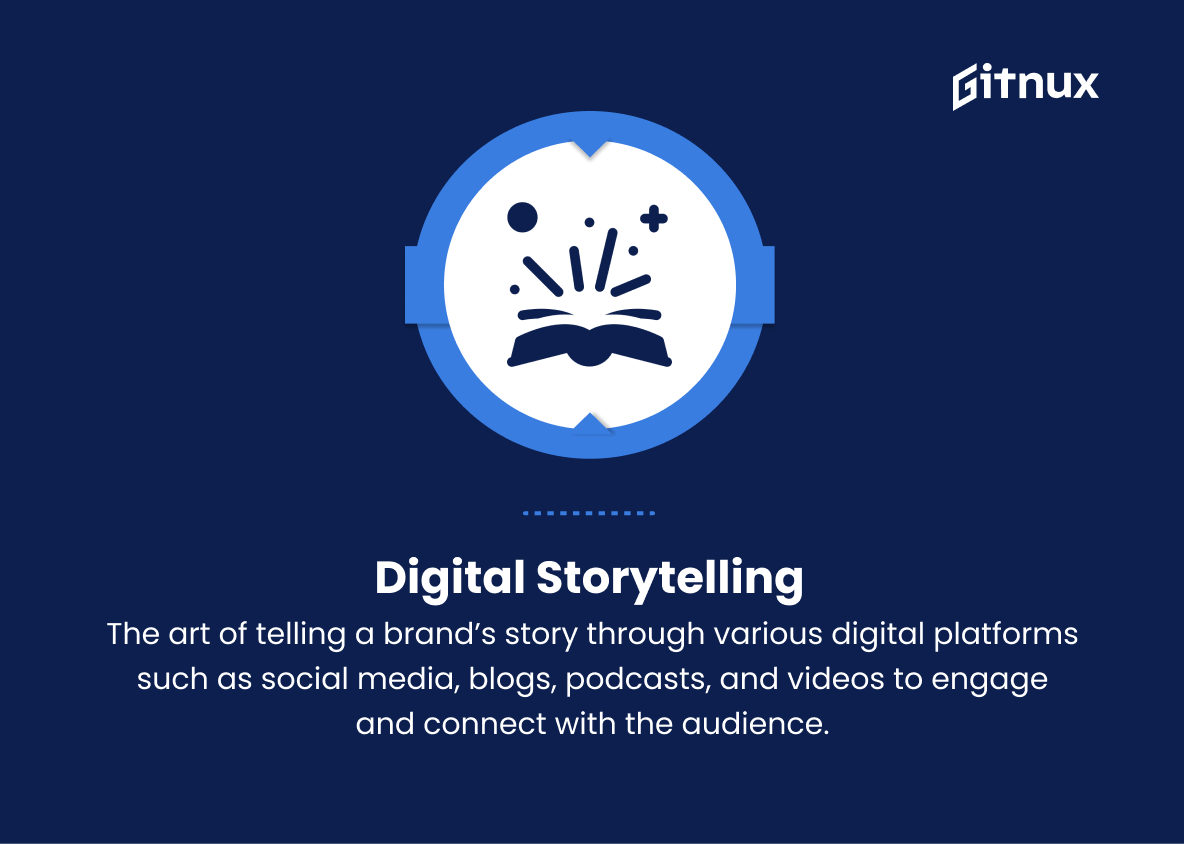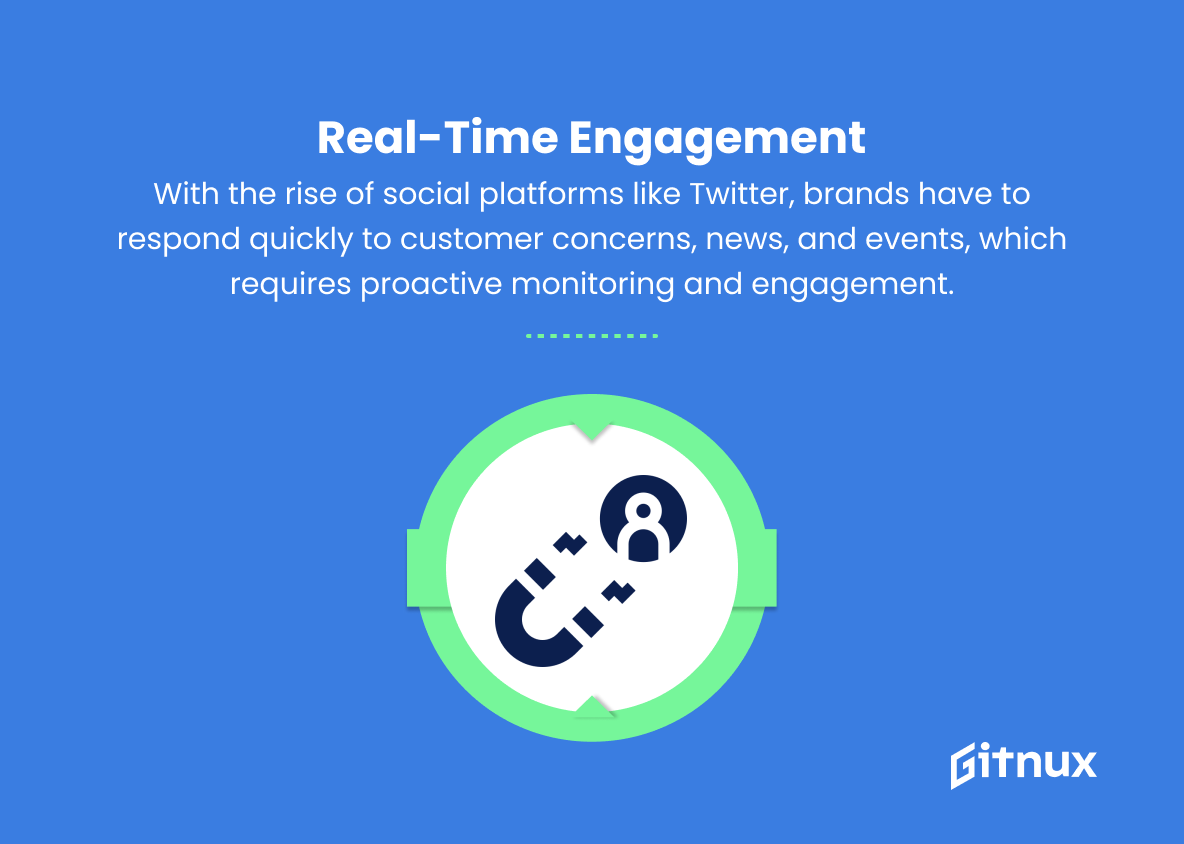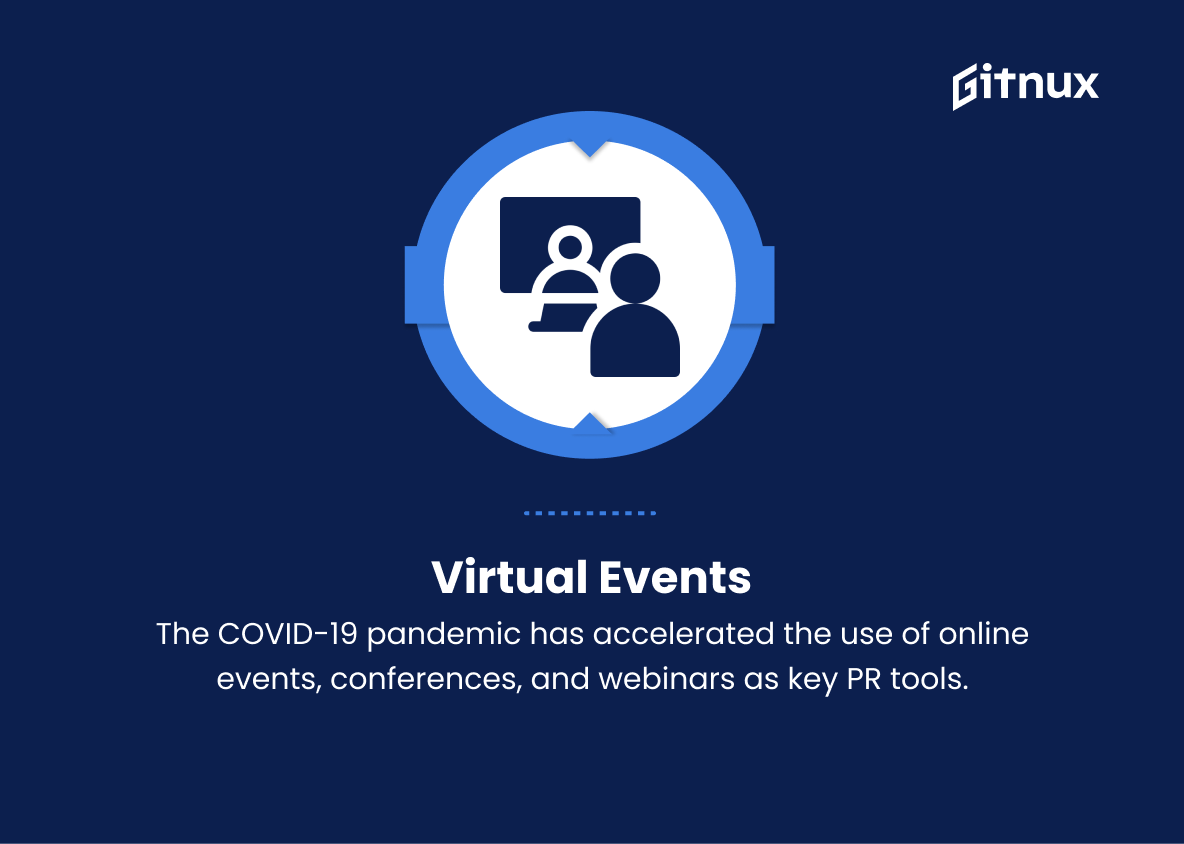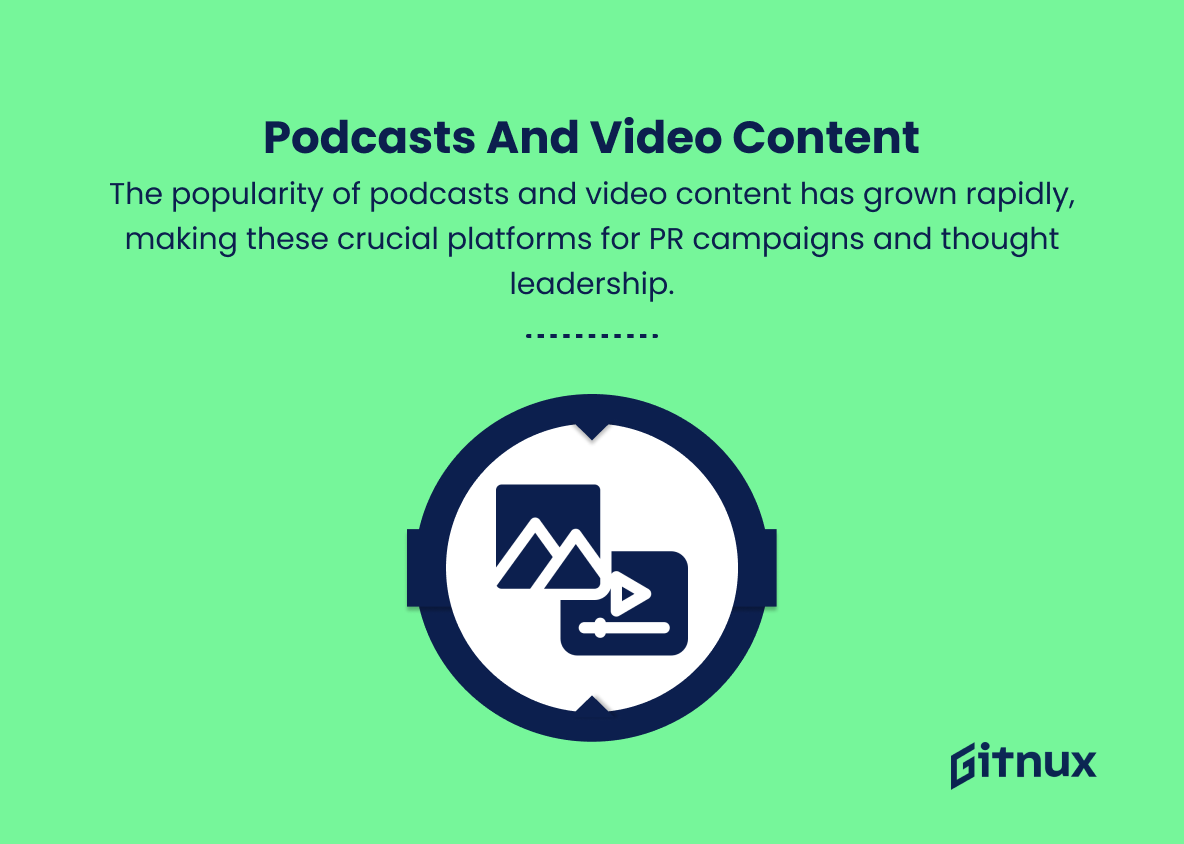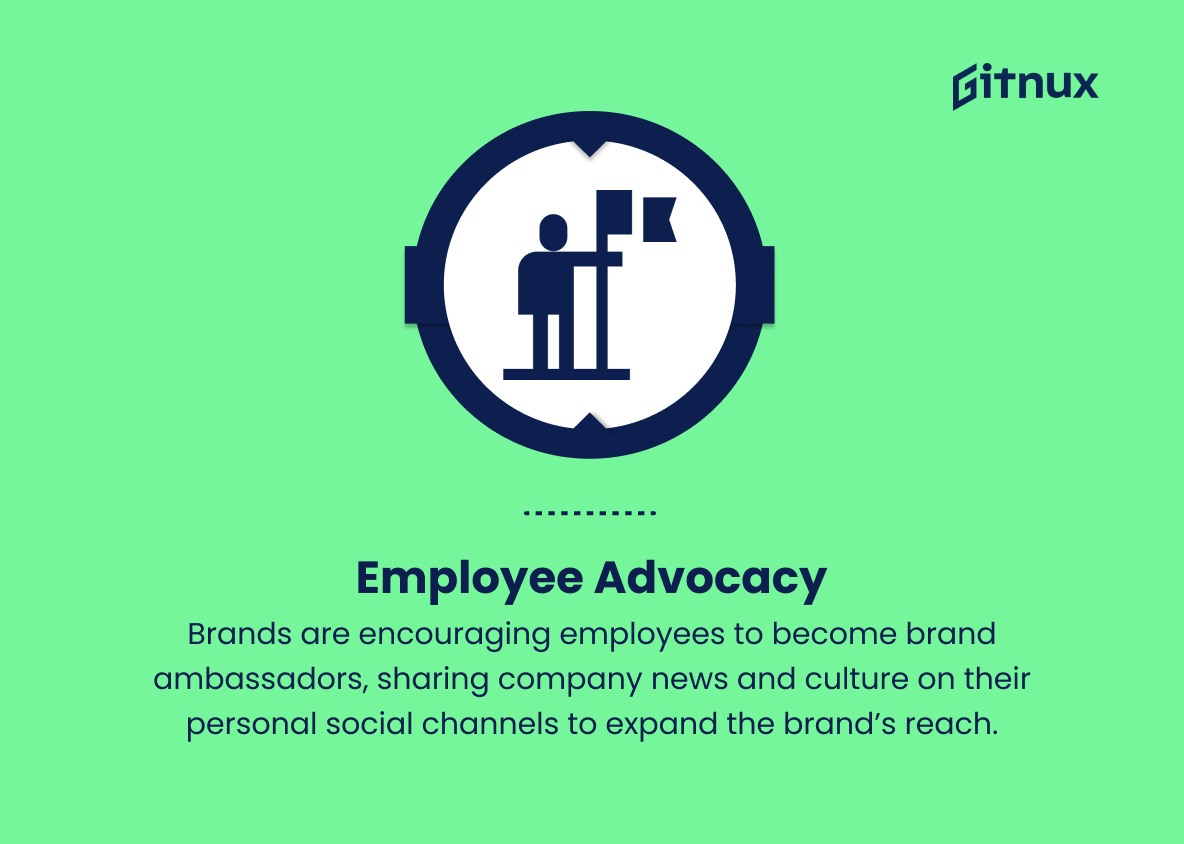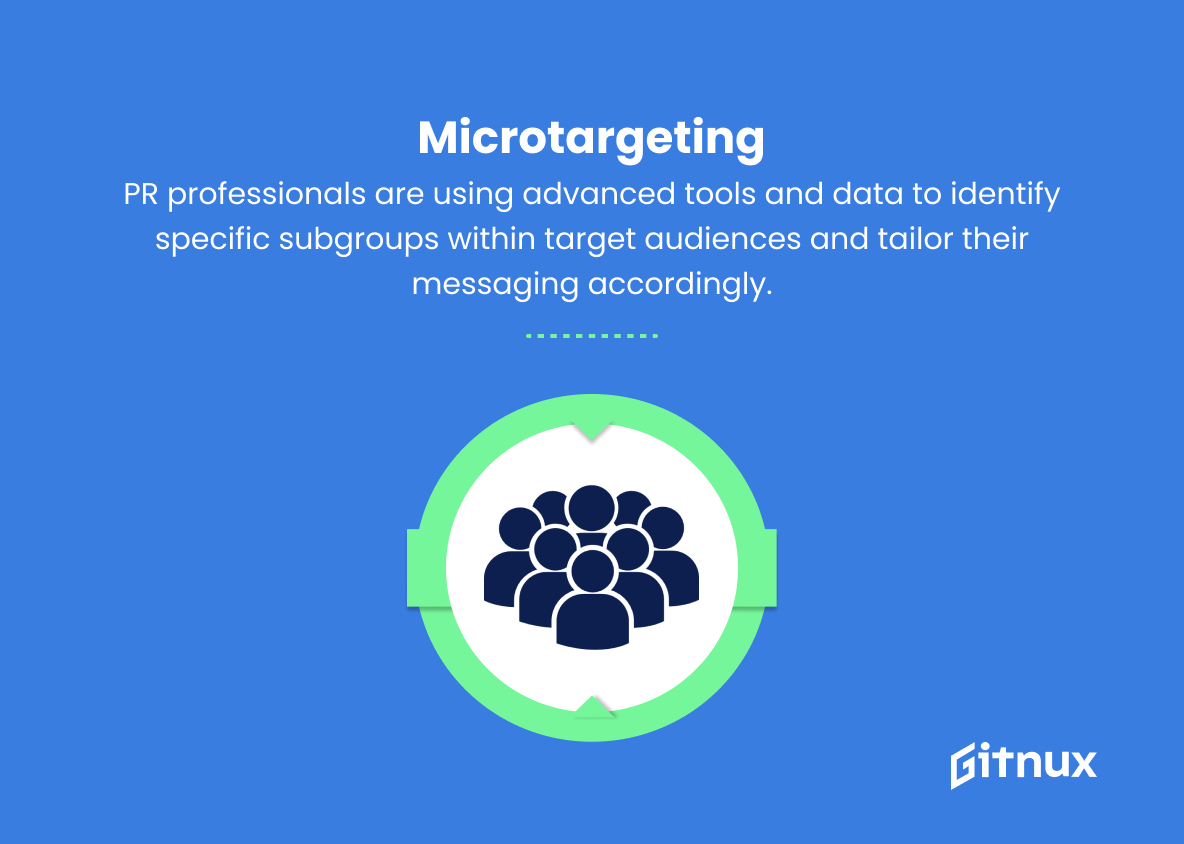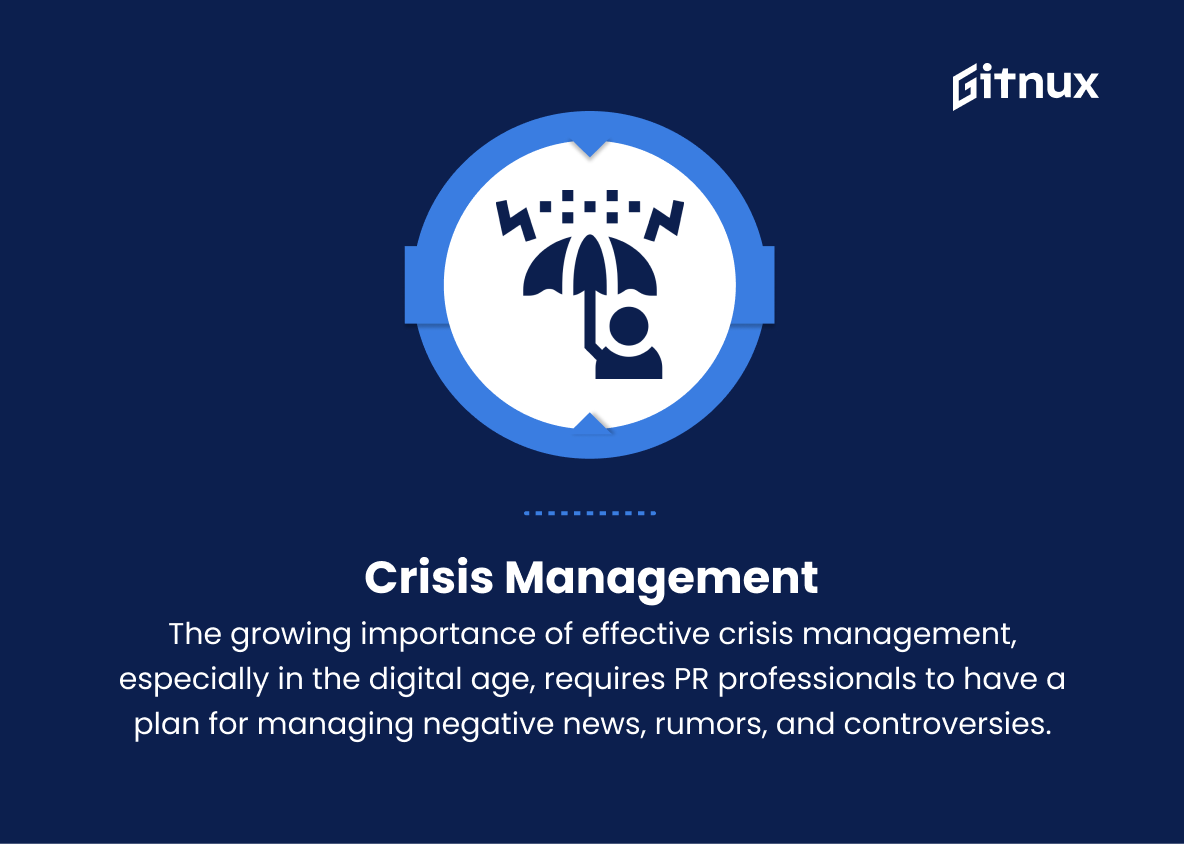In today’s fast-paced and constantly shifting digital landscape, staying ahead of the curve is crucial for businesses and organizations looking to create a strong brand presence and maintain effective public relations.
With new challenges and opportunities arising in both traditional and digital media, public relations professionals must adapt and evolve to not only survive but thrive in this competitive environment.
To shed light on the emerging trends and best practices in public relations, this blog post examines the latest innovations and strategies that are shaping the industry.
Join us as we delve into the key public relations trends that are not only changing the way we communicate, but also how we build trust, nurture relationships, manage crises, and drive success in our rapidly evolving world.
Top Public Relations Trends
1. Digital storytelling
The art of telling a brand’s story through various digital platforms such as social media, blogs, podcasts, and videos to engage and connect with the audience.
2. Influencer marketing
Brands increasingly collaborate with influencers who have large followings on social media platforms to promote products or services.
3. Multichannel campaigns
PR efforts now span across multiple channels, including traditional media, social media, digital advertising, and event marketing.
4. Purpose-driven
Brands are focusing on social responsibility and environmental sustainability to build a positive reputation and long-term loyalty from their customers.
5. Data-driven strategies
PR professionals rely on data analytics to track and measure the success of campaigns, identify trends, and optimize their efforts.
6. Real-time engagement
With the rise of social platforms like Twitter, brands have to respond quickly to customer concerns, news, and events, which requires proactive monitoring and engagement.
7. Virtual events
The COVID-19 pandemic has accelerated the use of online events, conferences, and webinars as key PR tools.
8. Podcasts and video content
The popularity of podcasts and video content has grown rapidly, making these crucial platforms for PR campaigns and thought leadership.
9. Personalization
Segmenting and personalizing content to cater to a specific audience has become more critical than ever to ensure engagement and relevance.
10. AI-driven Technologies
Artificial intelligence (AI) and machine learning are transforming PR processes by automating repetitive tasks, predicting trends, and informing targeted outreach efforts.
11. Employee advocacy
Brands are encouraging employees to become brand ambassadors, sharing company news and culture on their personal social channels to expand the brand’s reach.
12. Microtargeting
PR professionals are using advanced tools and data to identify specific subgroups within target audiences and tailor their messaging accordingly.
13. Crisis management:
The growing importance of effective crisis management, especially in the digital age, requires PR professionals to have a plan for managing negative news, rumors, and controversies.
14. Visual storytelling
Focusing on visually rich content such as images, infographics, and videos to catch the audience’s attention and build a brand’s narrative.
15. Authenticity and transparency
Consumers demand more transparency and authenticity from brands, requiring PR professionals to adapt their communication strategies to ensure that they are accurately representing the company’s values and priorities.
16. Collaborative content
Partnering with complementary brands and organizations to create mutually beneficial content that resonates with each party’s targeted audience.
17. Reputation management
Building and maintaining a company’s reputation through proactive, positive news stories and thought leadership efforts that showcase the brand’s values and expertise.
18. Emotive storytelling
Tapping into the emotional aspect of storytelling to create compelling and engaging content that resonates with audiences.
19. Voice search optimization
With the increasing use of voice search technology, PR professionals need to optimize their digital content to be easily discovered by voice-enabled devices.
20. Localization
Adapting PR campaigns and messaging to suit the cultural and linguistic nuances of different regions to improve relevance, brand affinity, and customer engagement.
Implications
Digital storytelling, influencer marketing, multichannel campaigns, and purpose-driven PR have transformed brand communication. PR pros use data-driven strategies for real-time engagement on social media. COVID-19 accelerated virtual events, podcasts, and video content, leading to personalization, AI-driven PR, and employee advocacy. Microtargeting and crisis management are essential tools for PR.
Visual storytelling, authenticity, transparency, collaborative content, reputation management, emotive storytelling, voice search optimization, and localization are crucial for successful PR campaigns. These trends represent a shift towards engaging, human-centric storytelling that fosters brand loyalty.
Conclusion
In summary, the rapidly evolving field of public relations has seen a significant shift in tactics, priorities, and expectations in recent years. PR has been shaped by trends such as digital communication, data-driven strategies, brand positioning, and changes in social media. To stay current, professionals must stay informed on social media, new tech, and improve communication skills to engage audiences.
